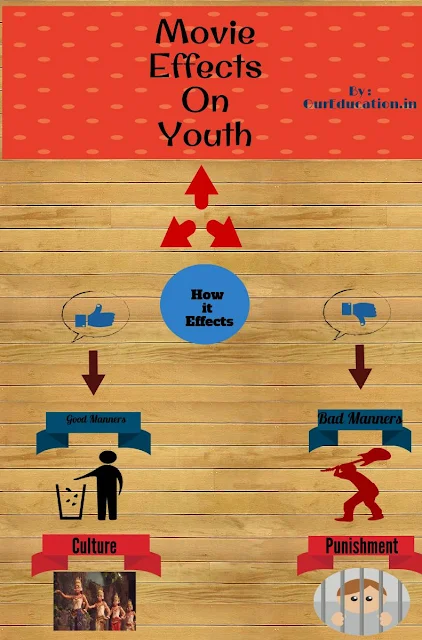Assignment for Prerana Rao
My daughter, Prerana Rao had asked me to send her write-up on Cinema bringing disaster to youth for submission of an essay in her college.
Deadly March of Cinema and TV is pushing our youth to the brink of disaster
I wish to take all of you back to the time of World War 2. The Allied Forces gave great importance to intensive technology in order to defeat the Nazis. A lot of money was spent on innovating telecommunications networks. This led to the invention of computers in the late 1950s.
Slowly, computer machines were being used in information technology, which brought the world together into one unit, especially after the invention of Television in the 1920s (not 1970s). There was a revolution in telecommunication technology during the 1980s, and Indian engineers in America played a key role. Today, we are living in the era of telecommunications, and India is one of the main players in software development.
Coming to the movie aspect, right from the days of the Mauryan Empire in 100 BC, Indian kings gave encouragement to art and culture. Indian cinema witnessed its first-ever movie in the year 1913 (not 1939, as the first Indian film, Raja Harishchandra, was released in 1913). Due to its rich cultural heritage, encouragement of art led to a massive growth in cinema production by the 1960s. Today, India is the largest producer of films or movies in the world.
Now let us examine the merits and demerits of cinema and TV
One can argue the various merits, with reference to education, updating knowledge, and staying informed about current affairs, which were indeed true advantages for Indian youth initially. But, alas! The same merits have brought numerous demerits, leading to the spoilage of many young careers.
Today, we see more than 100 channels on TV, operated by multinational companies and cable operators. Every day, no fewer than 50 movies are shown on TV. There are at least 10 channels specifically meant for music lovers. Our youth are fascinated by the various unwanted music and cinema channels, spending hours watching them and, as a result, wasting their future or jeopardising their careers.
Similarly, we see enormous growth in the number of cinema productions in India. Indian states are divided on a linguistic basis, and each state has its own official regional language. Consequently, regional cinema has become increasingly popular, leading to the production of hundreds of regional films every year. Again, our youth are drawn to these movies. They do not mind skipping classes but are willing to stand in long queues to watch the latest release. The valueless movies have spoiled the morale of the youth.
The valuable time of our youth, which could have been utilised for productive purposes, is simply wasted in front of the "Idiot Box," i.e., the TV.
Today's youth are tomorrow's responsible citizens. India is a poor nation with rich natural resources. These rich resources can be tapped if India produces intelligent and hardworking citizens. Due to their fascination with cinemas and TV, the youth are unable to put in hard effort in their studies and, as a result, fail to stand on their own feet.
The attraction of Western culture and the urge among youth to imitate it have put them in a dilemma.
- Imitation of the stunning scenes shown in movies has led parents in America and Western countries to face a very difficult situation to handle.
- Viewing vulgar scenes leads to the spoilage of the youth's mind.
My questions to every responsible citizen are:
- Where does he find the time to study when a student is attracted to movies and TV, ?
- Is it not the duty of all the elders to fight against the liberalised policies especially with regard to running movie and music channels on TV?
- What right one has to spoil the morale of the Indian youth?
- Is it not the duty of the government to ban minors from watching movies? (A minor is someone who has not yet completed 18 years of age.) The ban would definitely assist parents in encouraging their children to study.




No comments:
Post a Comment